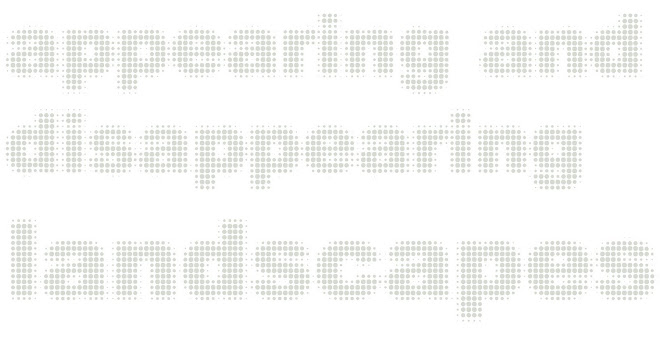
OIL IS THE MONEY MAKER IN NORWAY. EXPORTING FARMED FISH IS A GOOD NUMBER TWO. JÆREN WORK AS A GOLDEN GATE TO THE BLACK GOLD. THEY HAVE THE KNOWLEDGE TO BENEFIT FROM THE NATURAL RESOURCES IN BOTH OIL AND AGRICULTURE AND HAVE DONE SO AS LONG AS WE KNOW. BUT NOW WE FACE THE END OF THE OIL ADVENTURE. IT MEANS THAT NORWAY NEED TO FIND A NEW INDUSTRY TO LIVE FROM, OR TO DEVELOP THE SECOND BIGGEST INDUSTRY, FISH FARMING. MONOCULTURE HAS BECOME A PROBLEM IN NORWAY'S SECOND BIGGEST INDUSTRY. THE NATURAL ECOSYSTEM IS OUT OF BALANCE, THIS GIVES DISEASES AND PEST OUTBREAKS.
EXTINCTION OF BIOTOPES IS A RESULT OF CLIMATE CHANGES DUE TO HUMAN BEHAVIOR. SEA TEMPRATURES IS RISING AND THE CO2 EMMISION THREATENS BOTH OYSTER AND KELP. 40% OF THE SUGAR KELP AT THE NORWEGIAN WEST COAST IS EXTINCT. AGRICULTURUAL WASTE RUNS OFF FROM THE FIELDS AND IN THE RIVERS, THIS IS LEFT OVER NUTRIENT KILLS BIOTOPES AND SHOULD BE REVERSED TO A POSITIVE RESOURCE.
CULTIVATION OF KELP CAN BE THE ANSWER TO MANY OF JÆRENS CHALLENGES. 70 000 HA CAN MANAGAE NORWAYS 5% BIOFUEL GOAL THAT THE GOVERMENT PUT UP FOR 2010. 60 OOO HA OF OFFSHORE CULTIVATION ONLY FOR BIOFUEL PURPOSE AND CO2 CAPTURE. AND 10 000 HA CULTIVATION AT THE COAST FOR INTEGRATED AQUACULTURE. THIS AREAS IS ALSO FOR BIOFUEL PRODUTION, BUT MOSTLY FOR TAKING CARE OF NATURE BIOTOPES AND BETTER THE QUALITY ON THE EXISTING FISH FARMING INDUSTRY.
THIS IS THE REALISTIC BALANCE BETWEEN ECONOMY AND NATURE. THIS BALANCE IS A IMPORTANT SYNERGY BETWEEN THE ELEMENS IN THE NATURE THAT WE WANT TO EXPLOIT.
>FULL PDF SEE TWO POSTS DOWN











